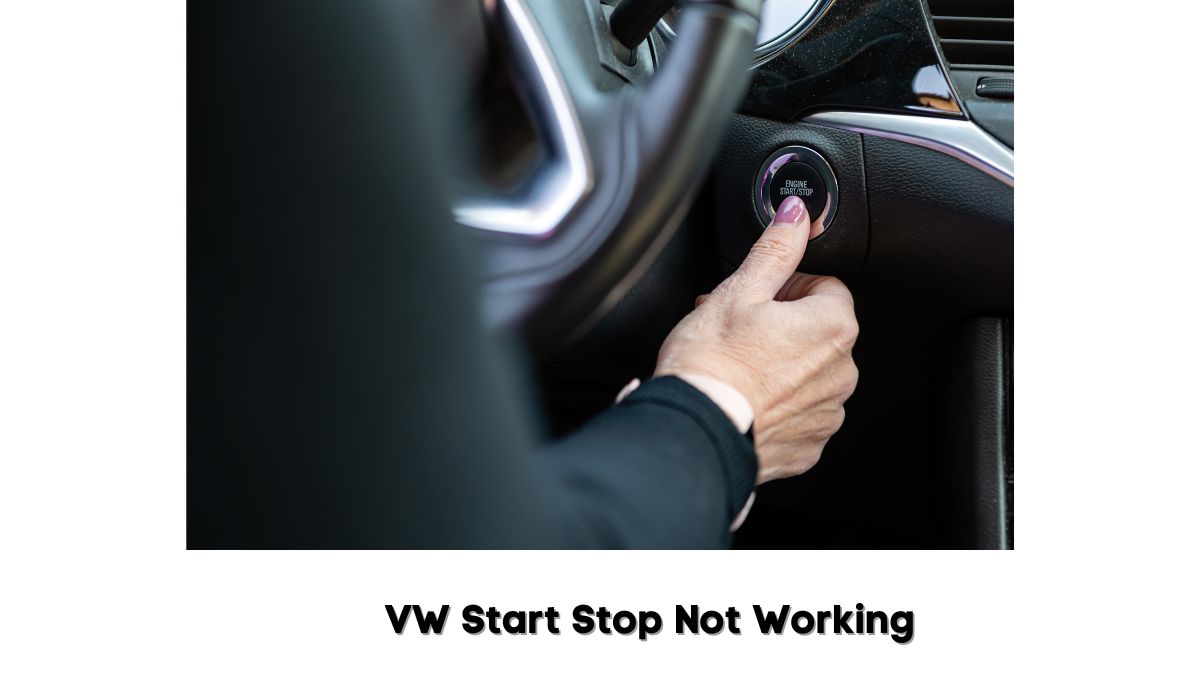This 2021 paper in PLoS One explains the workings of a start-stop system. The system kicks in when the engine idles. It stops the engine. The mechanism will start the engine once you show an intent to drive.
The exact conditions you must meet to activate this system will vary depending on the vehicle. But the objective remains the same. A start-stop feature reduces fuel consumption and lowers the vehicle’s environmental impact.
For instance, the system will switch the engine off when you stop at a traffic light and start it when you press the clutch pedal to drive away. Why would this mechanism stop working? The following variables could be at fault:
1). The Battery Has A Low Charge
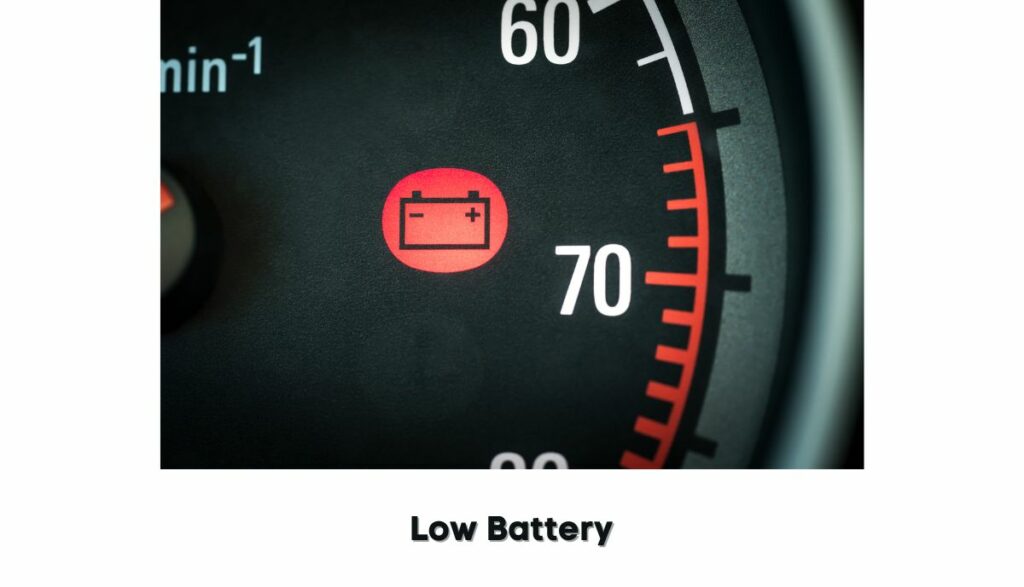
The start-stop system is convenient. It isn’t vital to the car’s operations. Therefore, the battery management system will ignore the start-stop function in the event of a fault. Instead, it will prioritize essential functions, such as providing enough power to start the engine. The battery can fail because of the following:
- You drained the battery by running too many electronic devices while the engine was off.
- The battery has reached the end of its lifespan. Batteries have a three to four-year lifespan.
- The battery you installed is not compatible with the vehicle. It can’t run the electronics while simultaneously accommodating the vehicle’s electrical needs.
- The connections are loose.
- The connections are corroded.
- The alternator is dead. It can’t charge the battery.
- The battery’s temperature has exceeded the operating range.
How To Fix It?
- Don’t forget to shut the electronics down when you turn the engine off.
- Inspect the connections. Are they loose? Secure them.
- Do you see corrosion on the terminals? It disrupts the electrical flow. Martha Stewart recommends white vinegar, lemon juice, and sandpaper. But Jaguaer Englewood thinks baking soda is more effective. Pour baking soda on the corroded area and add some water before cleaning with a paper towel or scrub sponge.
- Find and eliminate parasitic drains. You may require a mechanic to inspect the vehicle’s electrical system.
- Check the water levels and add distilled water when the need arises.
- Use a multimeter to check the voltage. The black probe goes to the negative terminal, and the red probe to the positive terminal. You’re looking for 12.45 volts or higher in a healthy battery.
- Charge a drained battery.
- Replace a battery that can’t hold a charge.
- Fix or replace a damaged alternator that refuses to charge the battery.
2). The Engine Temperature Is Wrong
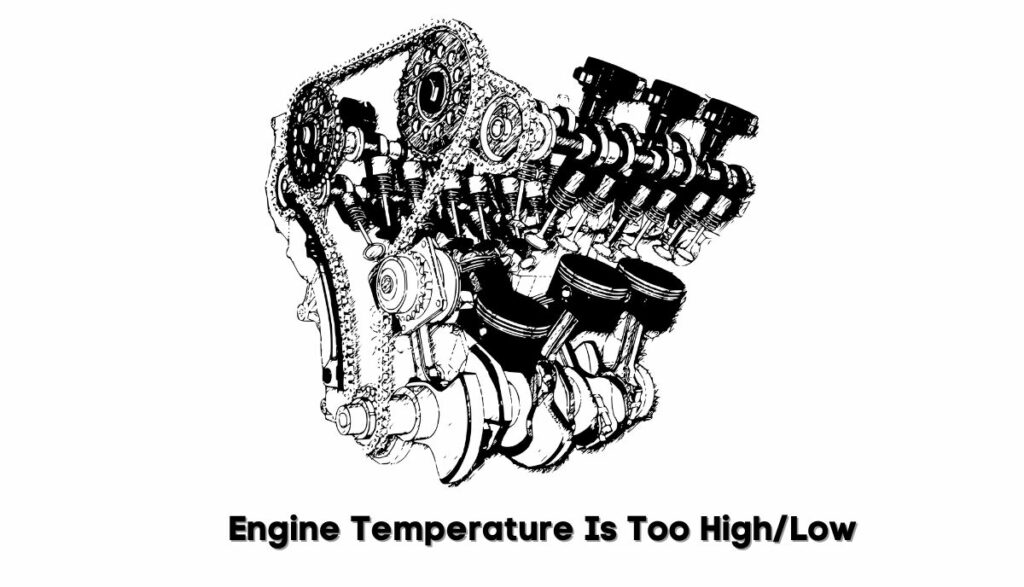
Have you noticed that the wrong temperature will disrupt the engine’s work? A hot engine will stall, whereas a cold engine will refuse to start. Expect a similar response from the start-stop system. This is what you should know:
- An engine’s normal operating temperature is 75 – 105 degrees C. In other words, even though engines are hot, there’s a limit to the amount of heat they can tolerate. This information doesn’t really matter because vehicles have a gauge that tells you whether the temperature is too high or too low.
- The start-stop system won’t engage if the engine’s temperature is too high. This reduces the starter motor’s wear and tear.
- The start-stop may deactivate because of extreme ambient temperatures, such as freezing winters or burning summers.
- A faulty thermostat can trick the system into thinking the engine is hotter than it actually is.
- What about a start-stop that stops working because of low temperatures? The thermostat can stick in the open position. The engine won’t reach the correct temperature because the coolant keeps flowing.
- Another potential point of failure is the temperature sensor. It talks to the computer, which, in turn, controls the start-stop function. A faulty sensor will corrupt the computer with false data, preventing the start-stop from working.
- The engine can overheat because of a coolant leak or clogged radiator.
How To Fix It?
- Get a new thermostat. A mechanic can fix a thermostat stuck in the open position. But they may encourage you to replace the component altogether. The new thermostat should match the old thermostat’s temperature rating.
- Replace a damaged temperature sensor.
- Unclog the radiator.
- Replace a damaged or worn-out radiator.
- Idle the vehicle to warm the engine before driving away on a cold morning.
- Use a heater in cold weather.
- Maintain VW’s cooling system. That includes plugging leaks and changing the coolant as frequently as the manual suggests.
It should be noted that start-stop features fail in some VWs because the engine is working to maintain the cabin temperature, which is either too high or too low. Deactivating the AC unit may solve this problem.
3). You Have An Open Door
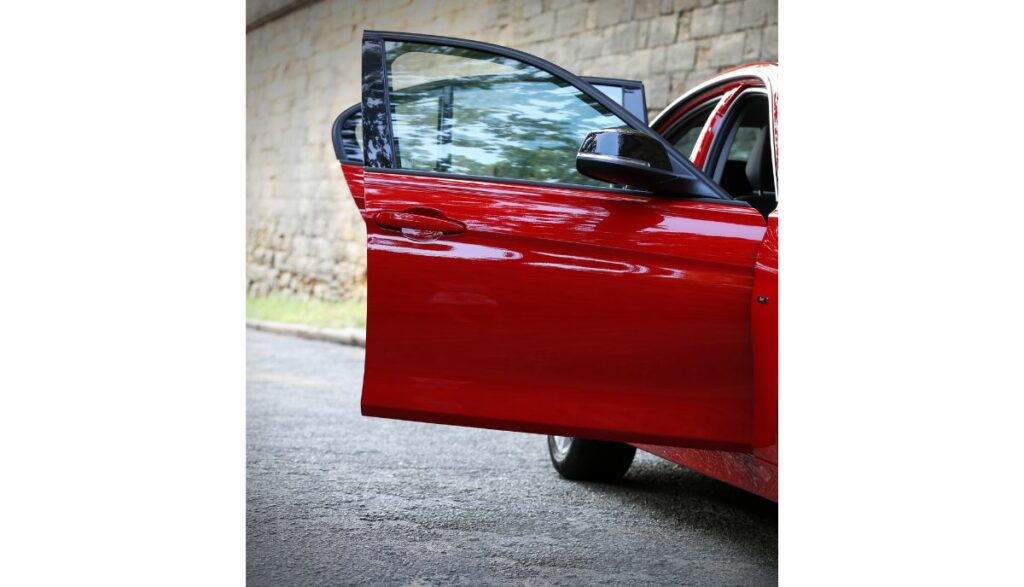
Are the doors open? The start-stop function will not work. That includes the passenger doors and the trunk. If the start-stop mechanism has turned the engine off, the entire vehicle will shut down when you open one of the doors.
This seems inconvenient, but the issue is not unique to vehicles with a start-stop function. The same thing will happen in vehicles you start by pressing a button. They will shut off once you open a door. This is probably a safety feature.
How To Fix It?
You can’t eliminate this feature unless you ask a dealership to remove or disable the start-stop function. One contributor to this Swede Speed Forum discussion made a recommendation. If the start-stop turns the engine off, tap on the gas to turn the engine back on. This allows you to open the door and leave without turning the whole vehicle off.
But this may not work for your VW. Perform an experiment and see what happens. You can also consult your local dealership. Ultimately, you’re better off closing the doors.
4). The Seatbelt Is Not Buckled
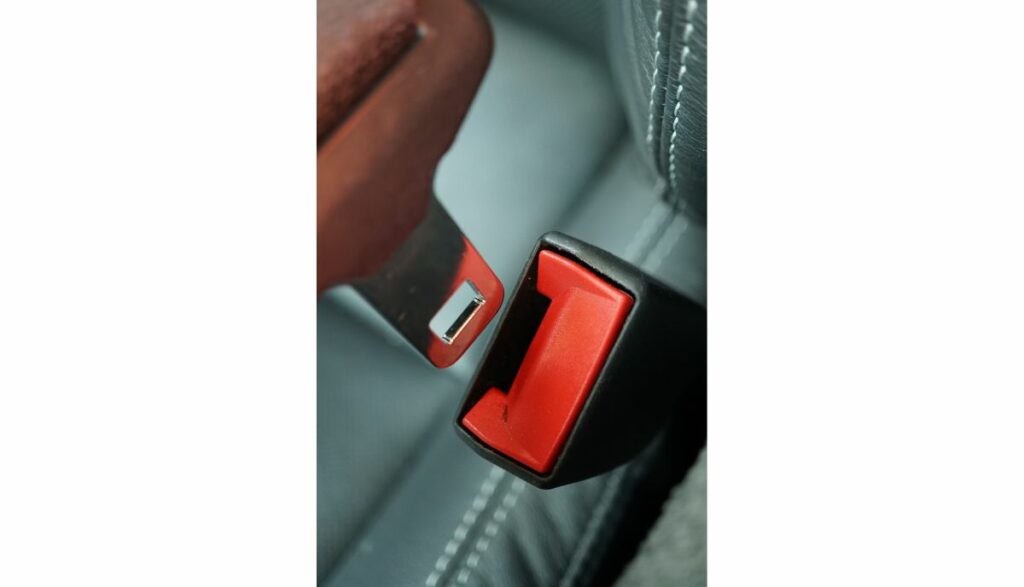
Like the doors, this is a safety feature. Start-stop won’t work unless you buckle your seatbelt. Tampering with the seatbelt may do more harm than good. One driver mentioned on the 5thGenRams forum that his start-stop failed to work after they disabled the seatbelt chime.
How To Fix It?
Again, like the doors, follow the manufacturer’s instructions and buckle your seatbelt. One consumer on the JL Wrangler Forum recommends an independent buckle clip clamp. It satisfies the start-stop function’s seatbelt conditions even though your seatbelt is technically unbuckled.
But even though those clips are inexpensive, it is still cheaper to simply buckle your seatbelt. Any VW dealership you consult will give you the same answer.
Other notable factors that may affect the start-stop feature’s operations include the following:
- You have an active parking assistant. Deactivate it. You can also talk to the dealership about bypassing this feature.
- The car is driving up a steep slope. The gradient has exceeded the vehicle’s limits.
- You’re currently heating the windshield. Turn this feature off.
- The bonnet is open. Close it.
- The AC’s defrost function is active. Deactivate it.
- The AC or heater is on at full blast. Besides taxing the engine, this may drain the battery. You can reduce the power of the heater and AC or turn them off, depending on your observations.
- Start-stop may refuse to work in hybrid vehicles unless the battery is fully charged.
- The coolant is too cold. Use a heater to prevent this outcome on cold days.
- The battery’s temperature has fallen below acceptable levels. An engine block heater can raise the battery’s temperature on a freezing morning. You can also add a battery heater.
Check the manual or VW’s platforms to get a complete list of all the conditions you must meet before the start-stop can work. And if this function refuses to work even though you met all the requirements, take the car to the dealership.
A professional can look for loose connections, frayed wiring, defective ECUs, glitchy firmware, and every other factor that may disrupt the start-stop function.

